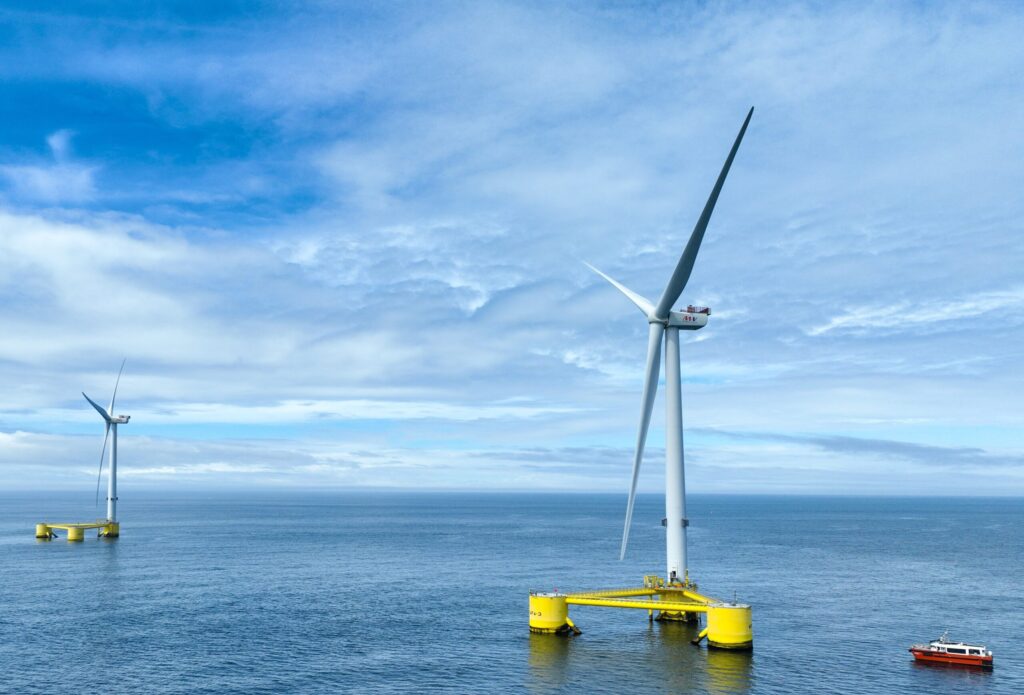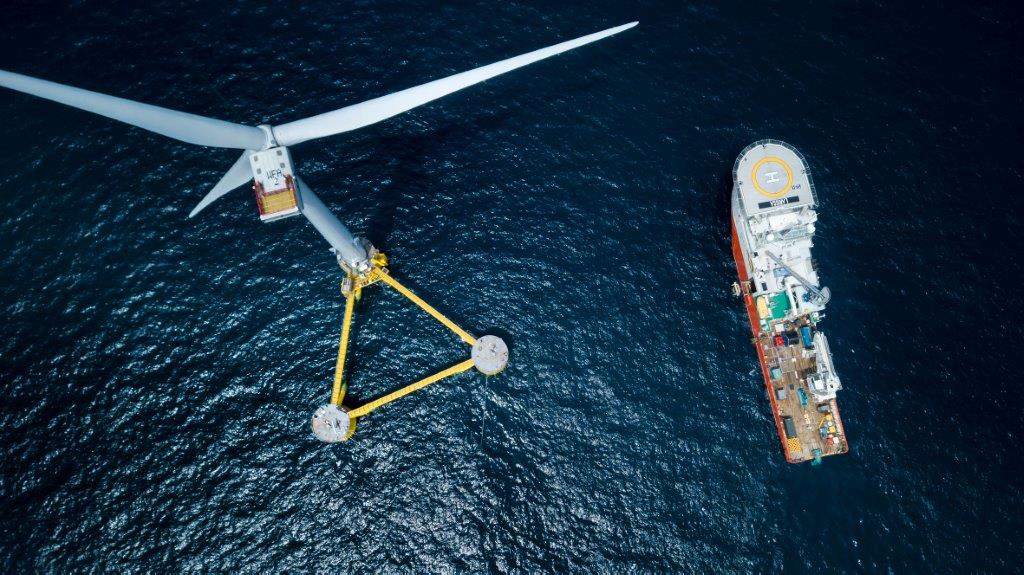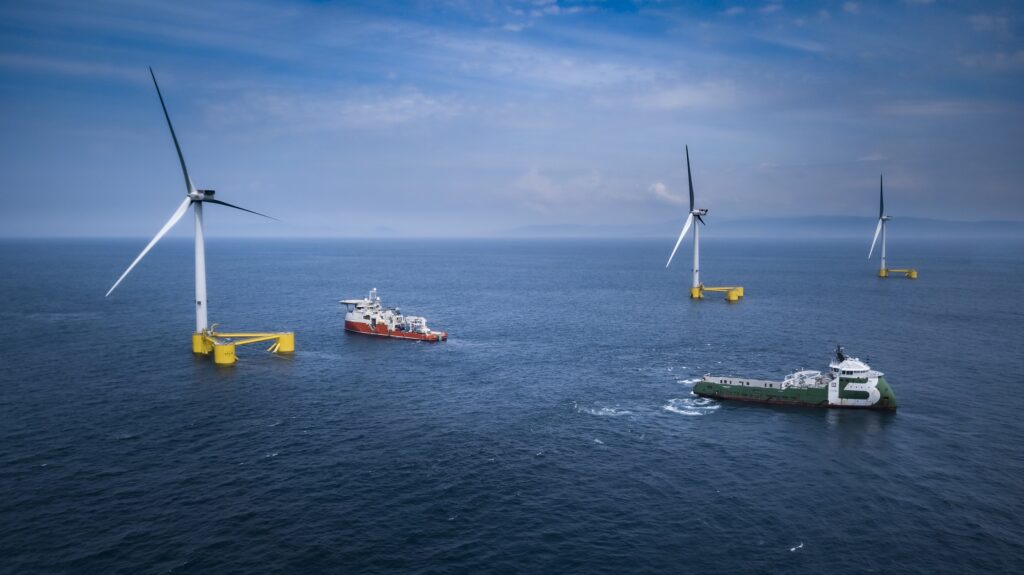Floating offshore wind turbines (FOWTs) present a unique challenge over bottom fixed foundations:
the environment in which technicians will perform their maintenance tasks will be constantly
moving. This could lead to a reduction in technician performance, due to the potential for motion
sickness.
This report addresses the challenges of motion and motion sickness through four work
packages which seek to answer the following questions:
1. What is the current state-of-the-art for motion sickness theory and guidance applicable to
floating offshore wind (FOW)?
2. What character of motion can be expected at the nacelle of FOWTs?
3. Does motion sickness affect technicians working on already-existing FOWTs at the
demonstrator sites in the UK?
4. How might further research into the effects of nacelle motion on human operators be
performed?





